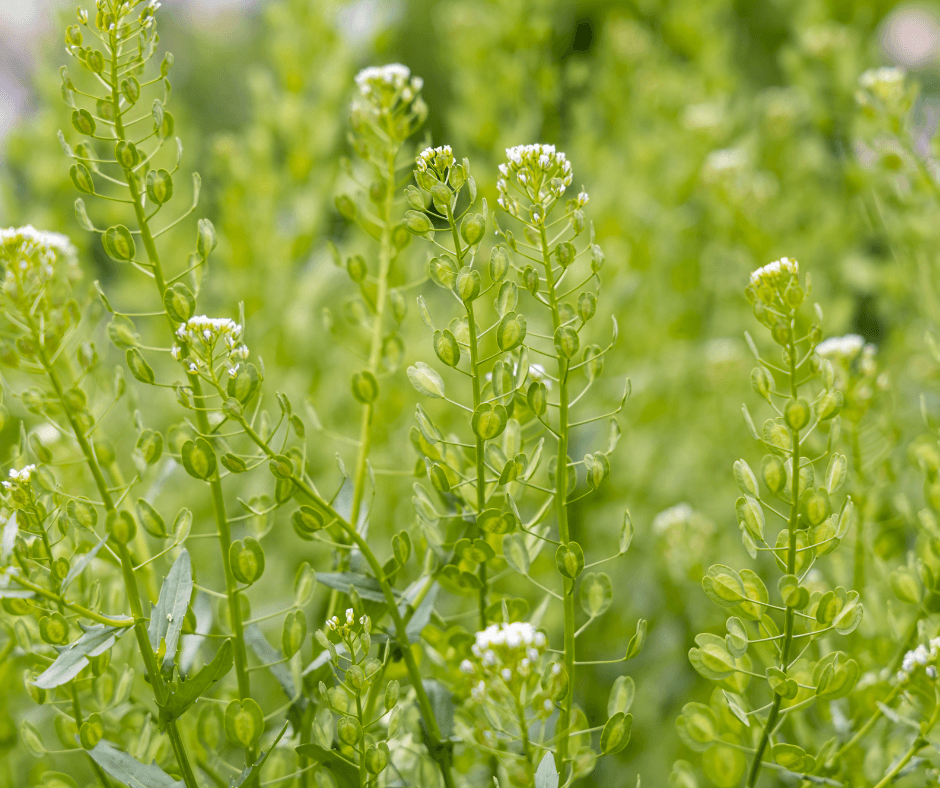Missouri Company Turns a Weed into Fuel
- August 23, 2023

After nearly a decade of controlled breeding and gene-splicing, an oil-rich plant commonly considered a weed, field pennycress, has been transformed into CoverCress, a source for renewable diesel and sustainable aviation fuel. CoverCress is one of the seven anchor institutions at St. Louis’ leading agri-food tech and plant science hub, 39 North.
According to The Wall Street Journal’s The Future of Everything article, What Was Once a Weed Could Fuel Jet Engines, “CoverCress is one of three nonfood cover crops that have received funding from the U.S. Department of Agriculture, where scientists have been hoping to find oilseed plants that could potentially produce renewable fuels without competing with food sources.”

CoverCress possesses a winter annual growth cycle, making it compatible with existing corn and soybean rotations. This crop not only helps sequester carbon but also prevents additional organic soil carbon loss through its use as a cover crop. It also provides ecological advantages similar to conventional cover crops, addressing soil erosion, enhancing soil health, and decreasing water and nutrient movement.
The demand for biofuels is increasing, but relying on crops like corn and soybeans for biofuel production can lead to conflicts with food supply. As a result, there’s a push to find low-carbon fuel sources that don’t compete with edible grains. The aviation industry is particularly interested in biofuels, as sustainable aviation fuel (SAF) is essential to achieving net-zero carbon emissions. However, the current production of SAF is far from meeting the industry’s needs.


